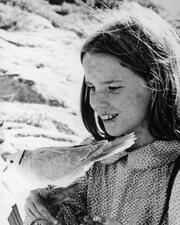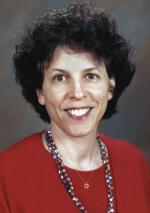
Laura Geller
Gender Identity In Halakhic Discourse
Mary Gendler
Lillian Mellen Genser
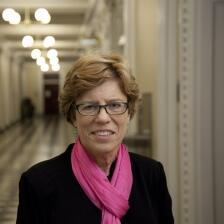
Deena Gerber
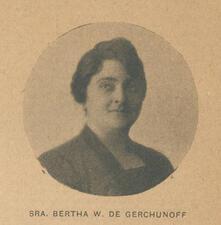
Berta Gerchunoff
Berta Wainstein de Gerchunoff was an Argentine socialist, feminist, and later Zionist leader. As President of the Argentine branch of WIZO, she led an exponential growth of women’s Zionist commitments all over Latin America.
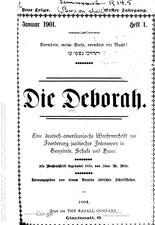
German Immigrant Period in the United States
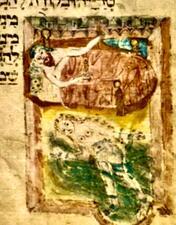
German-Jewish Pietists: Attitudes towards Women
Despite their small numbers, the introspective and penitential religious outlook of the German-Jewish Piestists had a significant and lasting impact on European Jewry. Written by men and intended for a male audience, the Pietists’ writings heighten the profound ambivalence toward women that is inherent in the rabbinic tradition
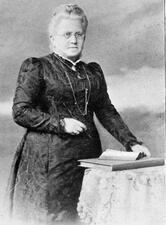
Germany: 1750-1945
The Jewish Reform movement did not liberate women from their subordinate religious status, and the nineteenth-century bourgeois German family ideal with its rigid gender roles soon eclipsed the fluid structure of premodern Jewish families. Jewish women were expected to transmit German bourgeois values while also shaping their children’s Jewish identity.
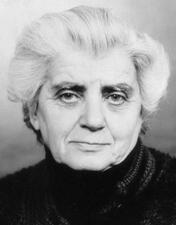
Karen Gershon
Writer and poet Karen Gershon escaped the Holocaust by being sent to England on the Kindertransport. Her best-known book, We Came as Children (1966), documented the collective experiences of refugee children and established her literary reputation in England. Her introspective poetry often reflects on her family and the Holocaust.
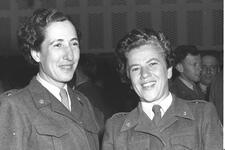
Shoshana Gershonowitz
Shoshana Gershonowitz was a leading woman soldier in the Auxiliary Territorial Service during World War II and in the early years of the Women’s Corps in the Israel Defense Forces.
Edith Gerson-Kiwi
Edith Gerson-Kiwi was a world-renowned musicologist and a pioneer in the research of the music of the Jewish communities in Israel. In 1970 she received the Engel Prize of the Tel Aviv Municipality for her scholarly work in Jewish music.
Berta Gersten
Berta Gersten, a tall, regal, soft-spoken actor, was a highly acclaimed leading lady in the Yiddish art theater movement for fifty years. Her career on the English-language stage, though shorter, was also distinguished. Gersten was one of the original members of Maurice Schwartz’s Yiddish Art Theater, toured worldwide, performed in English films, and acted on Broadway.

Gloria Gervitz
The Mexican Ashkenazi poet Gloria Gervitz (1943–2022) is known for her award-winning, book-length poem Migrations (Migraciones). This poem, an epic journey through the individual and collective memories of Ashkenazi women emigrants to Mexico, which she began writing in 1976, took her 44 years to complete. In 2018, Gervitz won the prestigious Pablo Neruda Ibero-American Poetry Award for Migraciones.
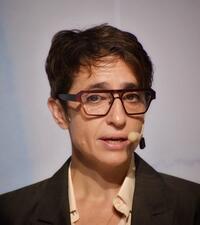
Masha Gessen
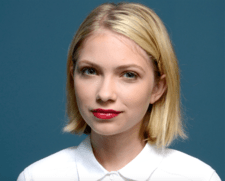
Tavi Gevinson
Temima Gezari
Artist and innovator Temima Gezari made a lasting impact on Jewish education through her vivid artwork, illustrations of children’s books, and many years of teaching. Her philosophy of using art to teach about Jewish holidays and customs left an indelible mark on countless schoolchildren. After more than 60years in the field, she was a legendary presence in Jewish education.
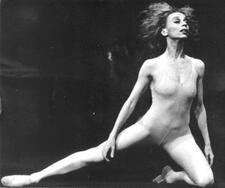
Marika Gidali
After surviving the Holocaust and immigrating from Budapest to Brazil, dancer Marika Gidali became an influential performer, teacher, and choreographer at a time when the arts faced serious repression under military dictatorship. In 1956 Gidali began dancing with the Ballet Company of Theatro Municipal do Rio de Janeiro. Gidali later set up her first school, which was the meeting point for many artists in the mid-1960s.
Miriam Gideon
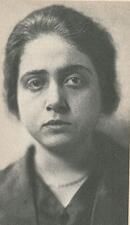
Therese Giehse
Focusing on difficult roles written for older women, Therese Giehse earned a reputation as a talented actress who brought Bertolt Brecht’s works to life. She co-founded an anti-Nazi literary cabaret called The Peppermill in 1933 and was known for touring successful anti-fascist theaterical works. She had a long collaboration with Brecht and developed a reputation as an “intellectual popular actress.”

Sheyna Gifford
Sheyna Gifford’s passion for both scientific exploration and writing has enabled her to work for NASA in many different capacities, from science journalist to health and safety officer on a year-long simulated mission to Mars.
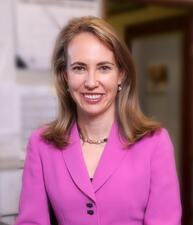
Gabrielle Giffords
Ruth Gikow
Ruth Gikow’s figurative paintings and murals offered her a means to comment on society and urban life. She worked on commissions for public spaces in New York, and in the 1960s and 1970s she created political works, depicting scenes from the civil rights and anti-war movements. Gikow’s work is included in the permanent collections of the Metropolitan Museum of Art, the Museum of Modern Art, among others.
